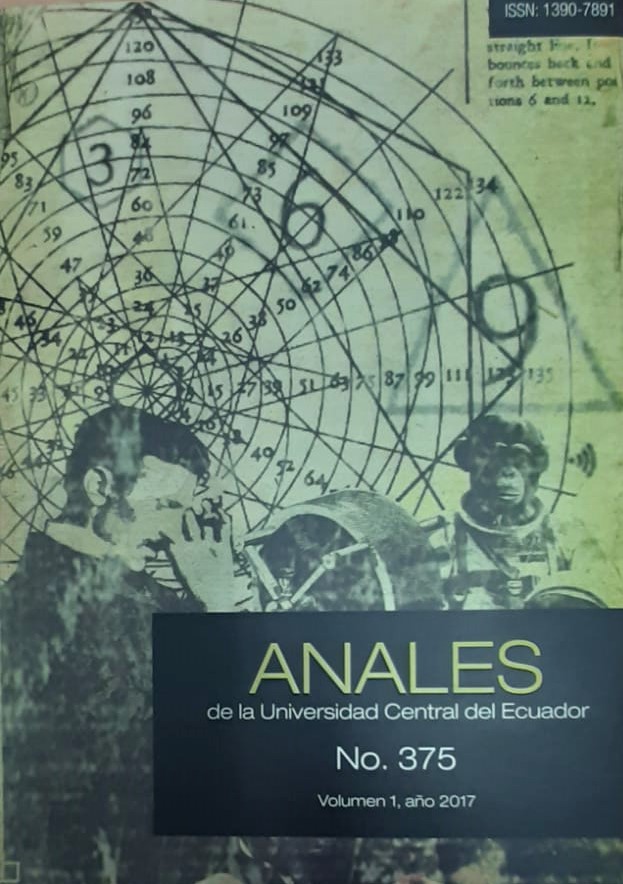Diseño y construcción de un prototipo de superfi cies equipotenciales como proceso de enseñanza investigativa
DOI:
https://doi.org/10.29166/anales.v1i375.1590Keywords:
equipotential surfaces, constant felds, pedagogical teaching tools, experimental physicsAbstract
Is research aims to show how fundamental it is to design and construct of a prototype oriented for the analysis and inference of principles, laws and applications in the study of equipotential surfaces. To comply with this purpose the theory based on the learning of experimental physics research leading to the construction of new knowledge in the context of the resolution of open problems, (Gil. (D); as well as the conceptualization of constant elds and equipotential surfaces from the approach of a hypothesis as a body: the electric eld vector E has at every point the direction of the normal to the equipotential surface which passes through the point and, during the translation in a segment dl by an equipotential level, the potential does not change. is paper describes the structural and functional elements of the prototype, with also the use of quality materials and low cost; describing the materials used and the precautions that are required for its construction. In addition, it speci es the pedagogical experimental foundations for di erent applications of the prototype as a tool in the elds of physics. e methodology relied on experimental research. e experimental ndings obtained are in the rate of error of 4.64% in the inversely proportional variation of the potential with respect to the distance.
References
Del Valle, S. (2016). La experimentación en el aprendizaje de la física. Su incidencia en la construcción de conceptos referidos a la óptica ondulatoria. Tesis doctoral. Universidad Nacional del Centro de la Provincia de Buenos Aires. Facultad de Ciencias Exactas. Núcleo de Investigación en Educación en Ciencia y Tecnología (NIECyT). Tandil.
Gil, D. (1994). Enseñanza de las Ciencias, nro. 11 (2), pp. 197/212. Trabajo presentado como conferencia en la International Conference on History of the
Physical-Mathematical Sciences and the teaching of Sciences. Madrid.
Guba, E. (1990). The paradigm dialog. Nueva Delhi. U.S.A.: Sage Publications.
Hewitt, P. (1999). Conceptos de física, edición en español. Limusa Noriega Editores.
Kuhn, T. S. (1971). La estructura de las revoluciones cientíticas. México: FCE.
Martínez, M. (1999). La nueva ciencia: Su desafío, lógica y método. México: Editorial Trillas.
Rivas Balboa, C. (1998). Nuevo paradigma para la teoría y praxis educacional. Universidad Simón Bolívar. Caracas, Venezuela: Investigación y Postgrado. Universidad Pedagógica Experimental Libertador.
Salinas, J. (1996). Las prácticas de física básica en laboratorios universitarios. Tesis Doctoral. Universitat de València. España.
Savéliev, I. (1982). Curso de física general. Electricidad y magnetismo, ondas, óptica. Moscú: Editorial MIR.
Terán, G. (2006). Hacia una educación de calidad. El proyecto de investigación: Cómo elaborar. Quito-Ecuador.
Tipler, P. (1977). Física. Barcelona: Editorial Reverté, S. A. (pp. 1098).
Vygotsky, L. (1995). Pensamiento y lenguaje. Traducción del original ruso (1978). Ediciones Fausto. Disponible en http://psikolibro.blogspot.com


